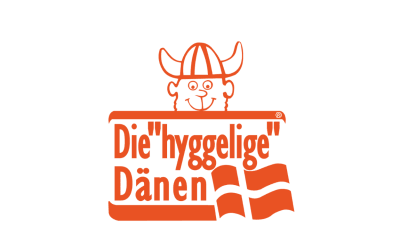Oksbøl Red Deer Reserve: Denmark's Largest
Red Deer Characteristics: In summer, their coats are reddish-brown on the top and whitish underneath, while in winter, they turn grey-brown. Stags are notably large and can weigh up to 230 kilograms.
Old males have a mane around their necks. Red deer have cloven hooves and are often seen in groups while grazing. Their primary diet consists of various grasses, with heather being the second most important food source if available in the area.
Red Deer in Oksbøl Deer Reserve
Oksbøl Deer Reserve is Denmark's largest, home to around 1,600 red deer, roaming freely across vast open spaces. Late in the evening and early in the morning, large herds can often be spotted in the open landscape. At dusk, it’s feeding time, and the herd leaves the safety of the dense forest for the open fields. Here, Denmark's largest land mammal, Cervus elaphus—known to most as the red deer—grazes.
The male, or stag, is easily recognizable by his large, crown-like antlers. This herd consists of one large stag and many females, called hinds. The more than 50 animals seen here are just a small portion of the total population in Oksbøl Deer Reserve.
The stag walks back and forth, head held high, scanning the surroundings for any potential dangers to the herd. But for now, all is peaceful, and the hinds continue grazing. Soon, the deer will enter their rutting season, and the area will echo with the stags' characteristic loud roars. This is how they attract the hinds and ward off rivals.
At 8 PM, this herd has settled into the protected landscape, observed from a distance by nature enthusiasts using binoculars. The reserve is a popular spot for those interested in watching these magnificent animals.
Red deer arrived in Denmark after the last Ice Age, and Stone Age people relied on their meat. In the Middle Ages, only the king was allowed to hunt them. Later, farmers resented the deer for damaging their crops, leading to unrestricted hunting year-round. It wasn’t until 1922 that hunting seasons were introduced.
Today, red deer thrive, especially in Central and Western Jutland. Oksbøl Deer Reserve, established in the mid-1940s, ensures a large and healthy population with a natural balance of age and gender distribution.


